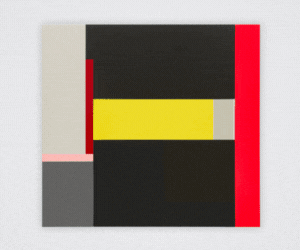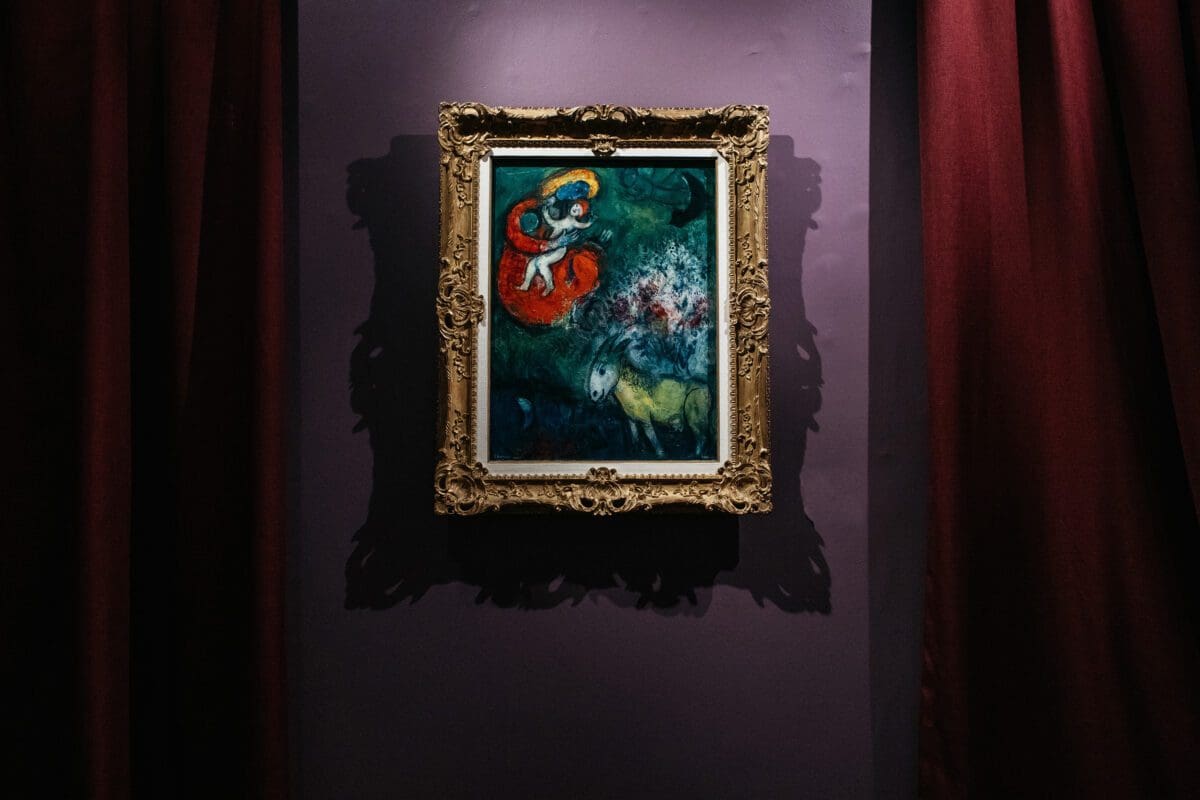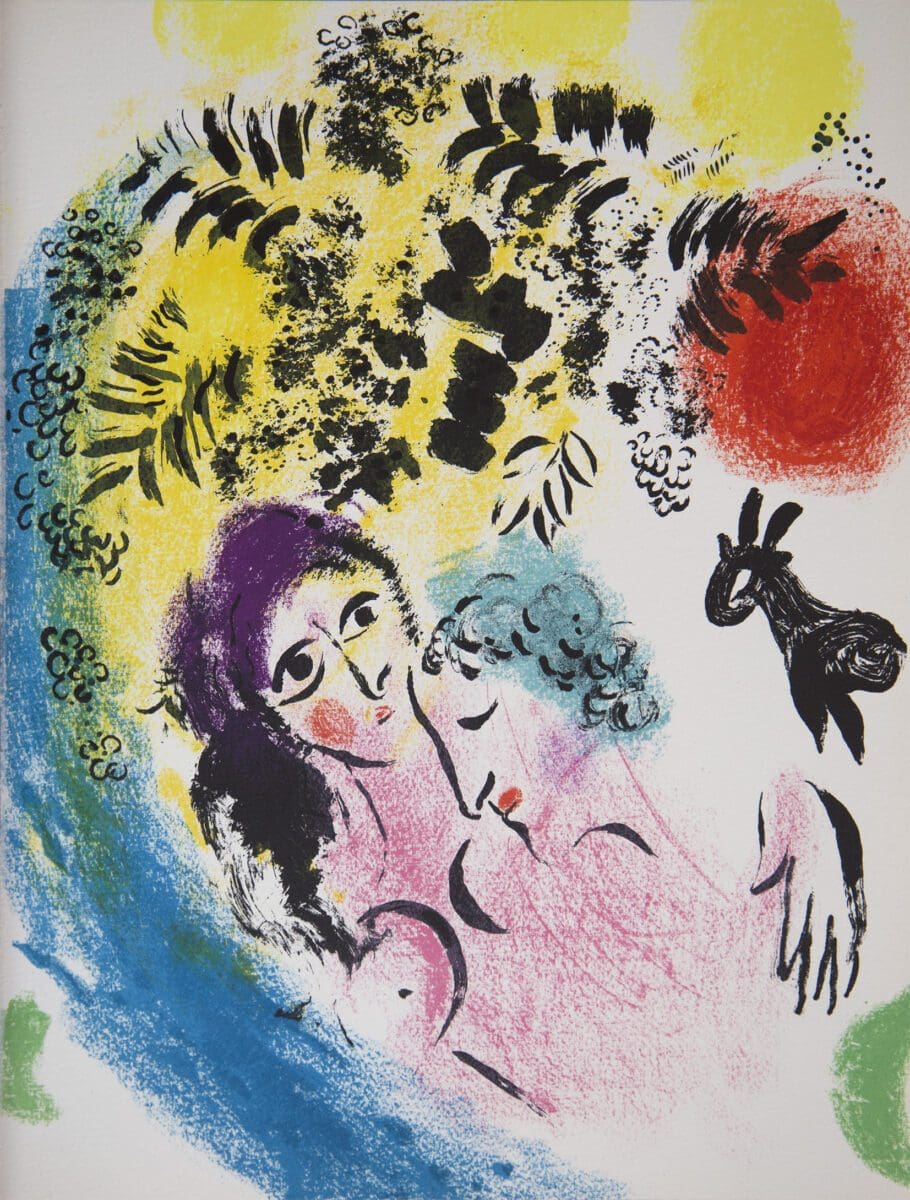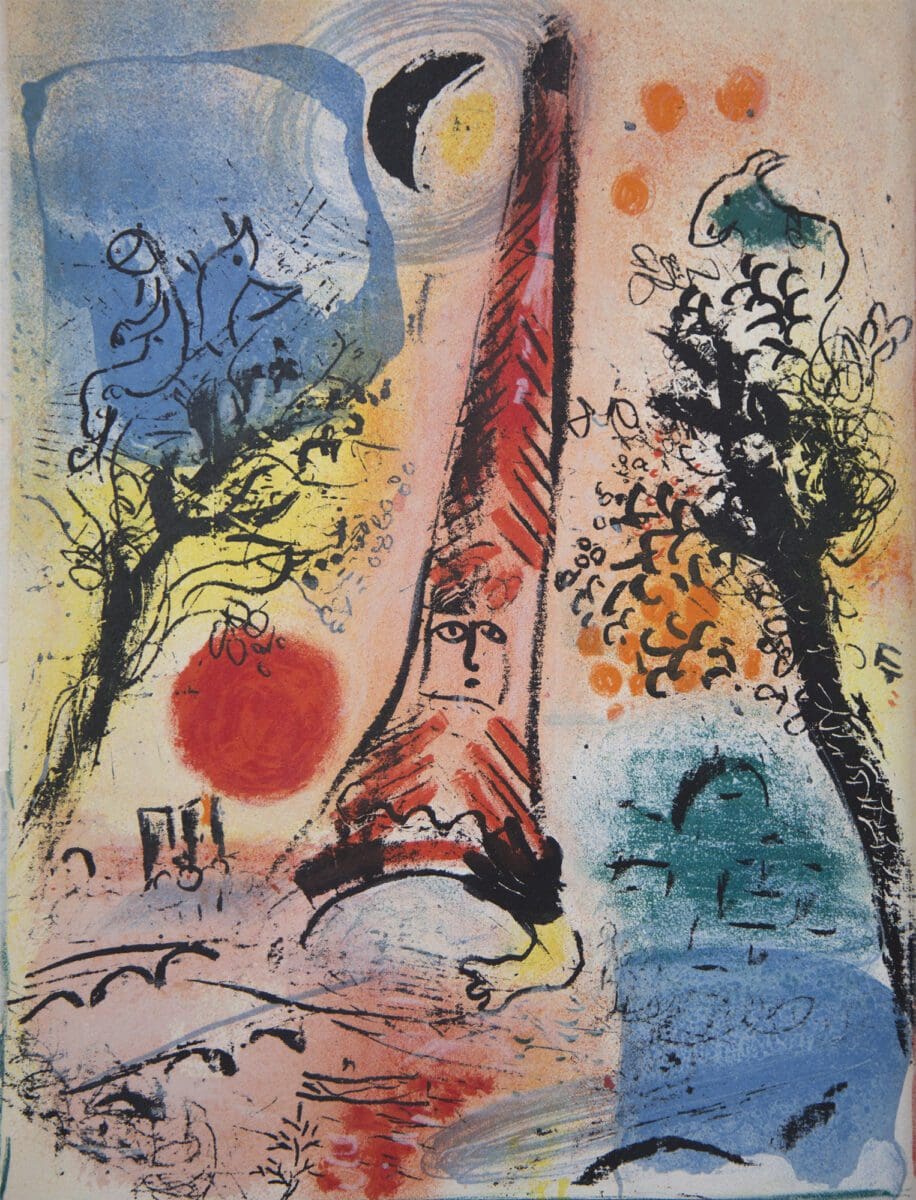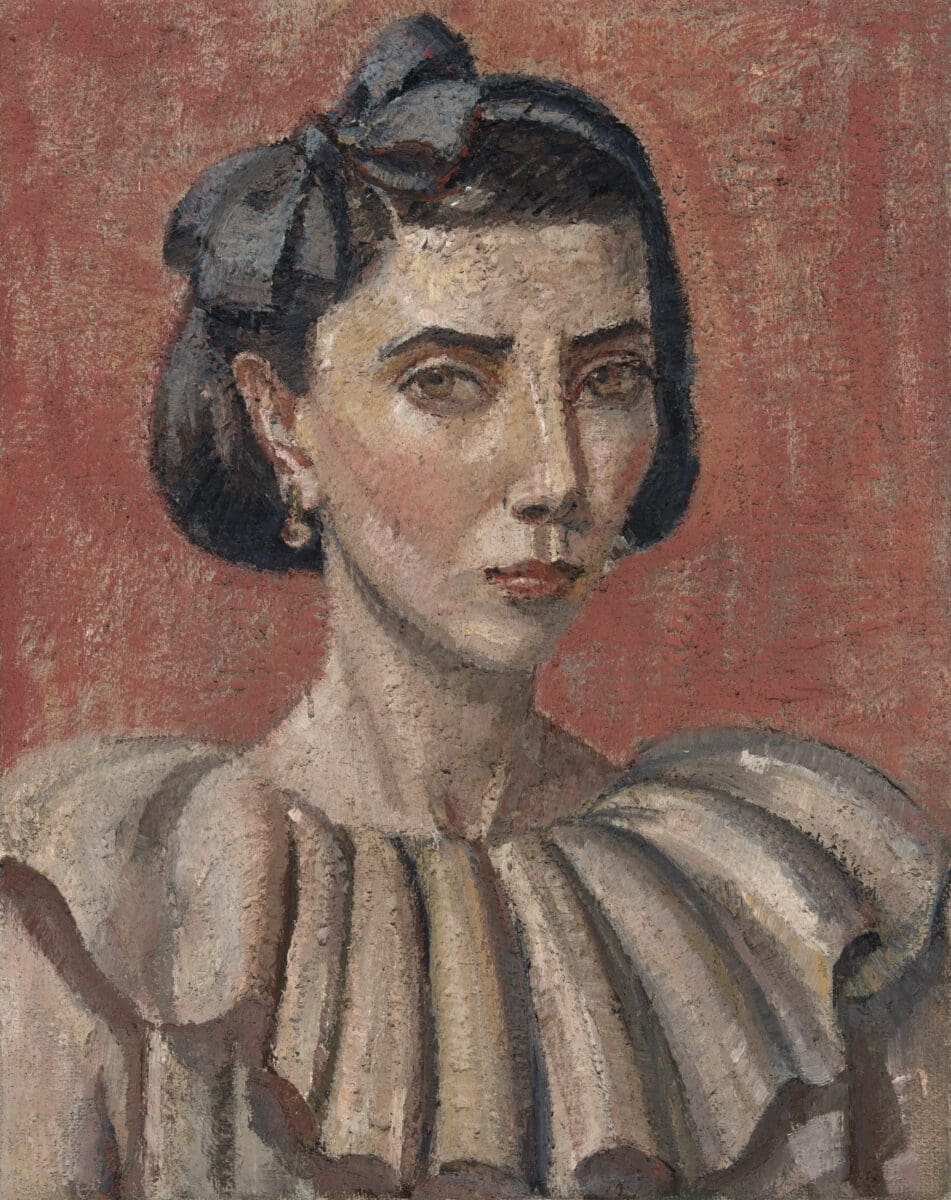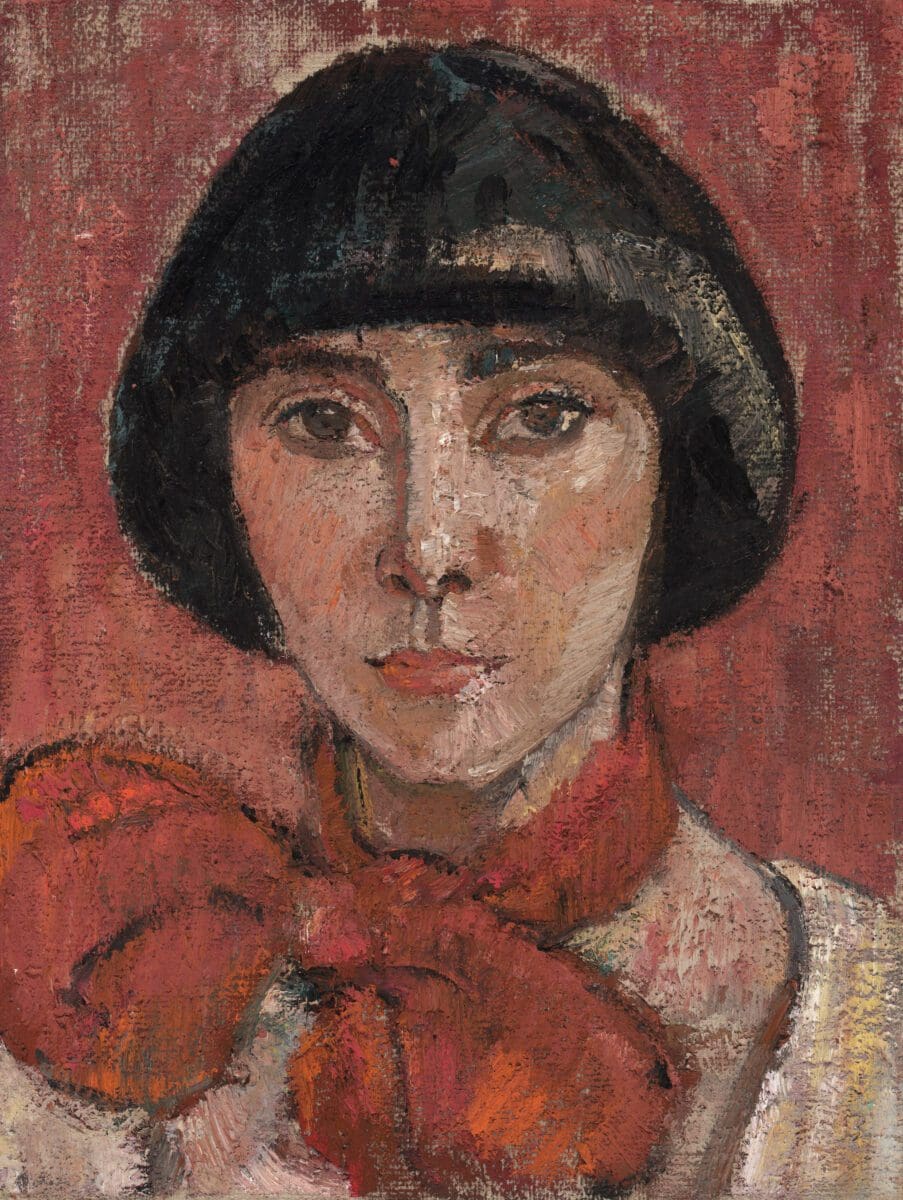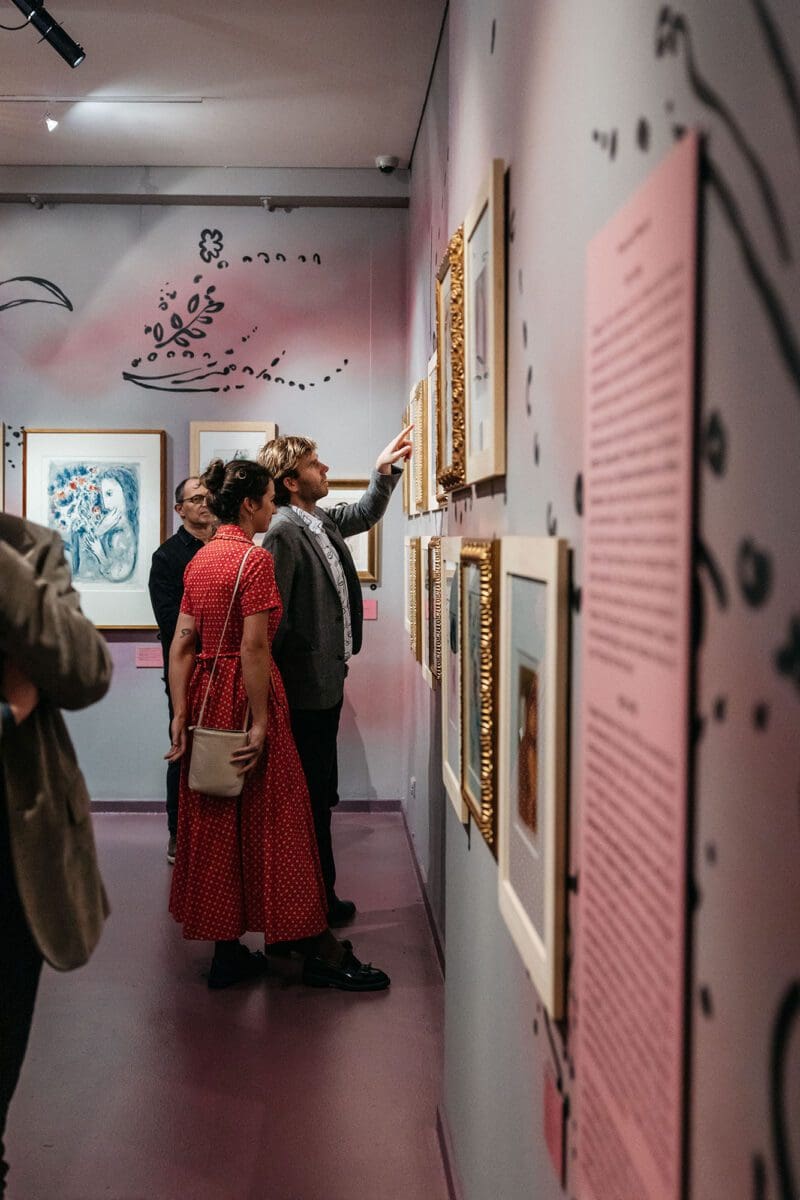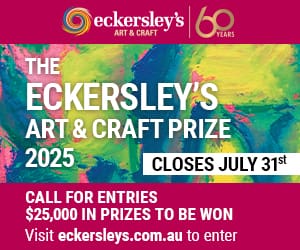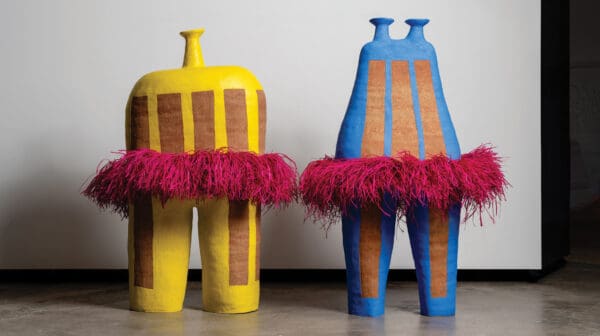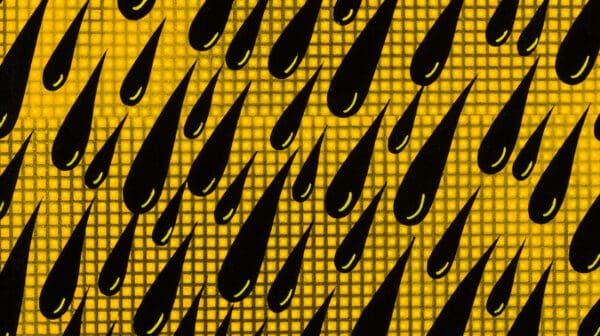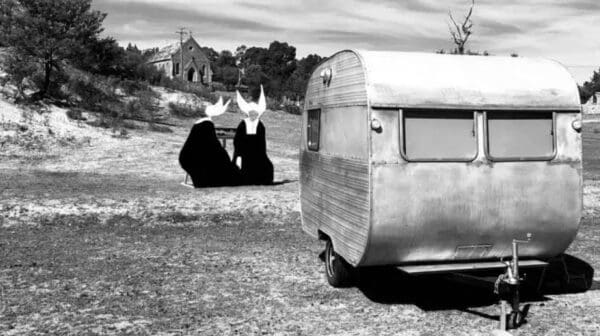In 1995 the Jewish Museum of Australia exhibited its first large-scale show, Chagall and the Bible. Under the direction of the late Dr Helen Light, the museum focused on the Belarusian-French modernist’s commissioned illustrations of the Old Testament. Now, the museum is turning its attention to other aspects of Marc Chagall’s prolific and varied career: his printmaking, poetry, publishing, and public art.
“Having lived for 97 years and spent over 70 years working as a professional artist, he spanned this extraordinary history,” says exhibition curator, Jade Niklai. “His art reflects a great moment in history, and the different mediums in which he worked reflect that as well. So we’ve taken this moment to look at all the un-obvious Chagall’s in the world.”
Perhaps one of the most unexpected, and fascinating, elements is a book he made with the surrealist poet Paul Éluard in 1946. Chagall had just lost his wife Bella, and found Éluard in a similar position. “They had both just lost the loves of their lives,” says Niklai, “and it’s a beautiful set of poems that Éluard had written with the intention of Chagall doing the illustrations.”
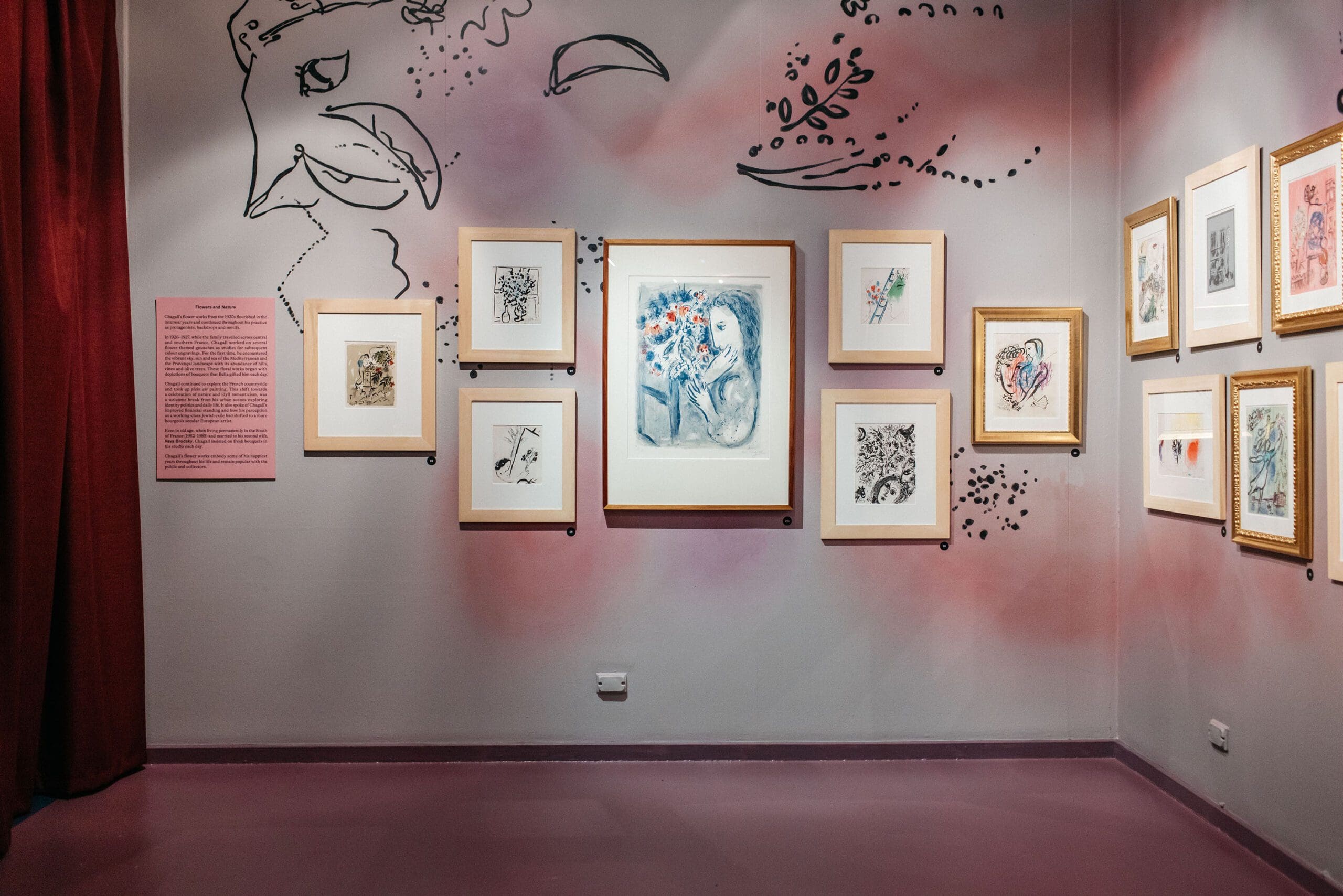
The State Library of Victoria happens to have an original copy of the book, Le dur désir de durer, in their collection. The Jewish Museum has been working closely with them to display some of the illustrations, and with Alliance Française Melbourne, who have developed recordings of the poems to be exhibited alongside the illustrations. The result is an immersive and wholly original way to exhibit a book. “It’s an evocative experience going through the exhibition and having poetry brought to life,” says Niklai.
Another exciting aspect of the show is the commission of local contemporary artist and Archibald Prize winner, Yvette Coppersmith. She has responded to the exhibition with a collection of her works that explore beauty, abstraction, and the role of the muse. The latter is a significant aspect for both artists.
“The relationship between artist and muse is really important for [Chagall], and it’s really important for Yvette, who is the artist and the muse in one,” says Niklai, referring to Coppersmith’s self-portraits, which coincidentally bear a resemblance to Chagall’s late wife. “Her response is very much inspired by Bella, and what it meant to be a muse then versus what it means to be a muse now.”
The contemporary commission adds a refreshing element to the show, coupled with the lesser-known areas of Chagall’s life and work. “When you come to the show you get a visual, an aural, and a sensorial experience, which is what Chagall is known for.”
CHAGALL
The Jewish Museum
9 June—10 December

